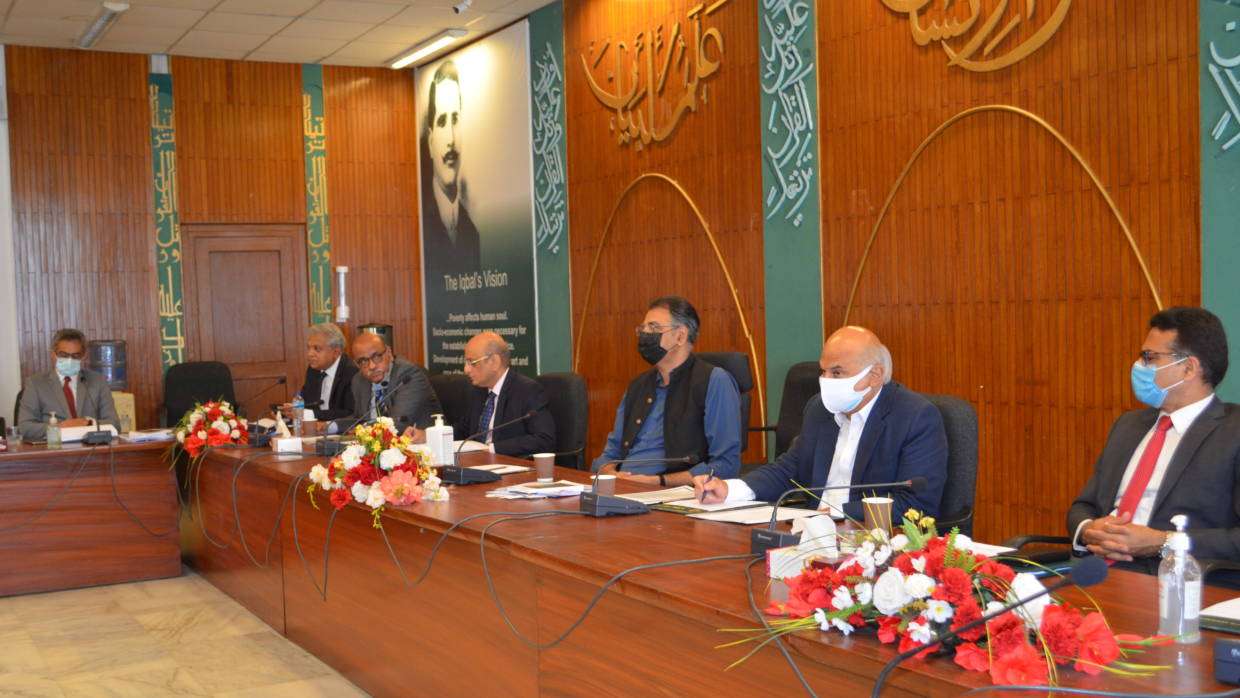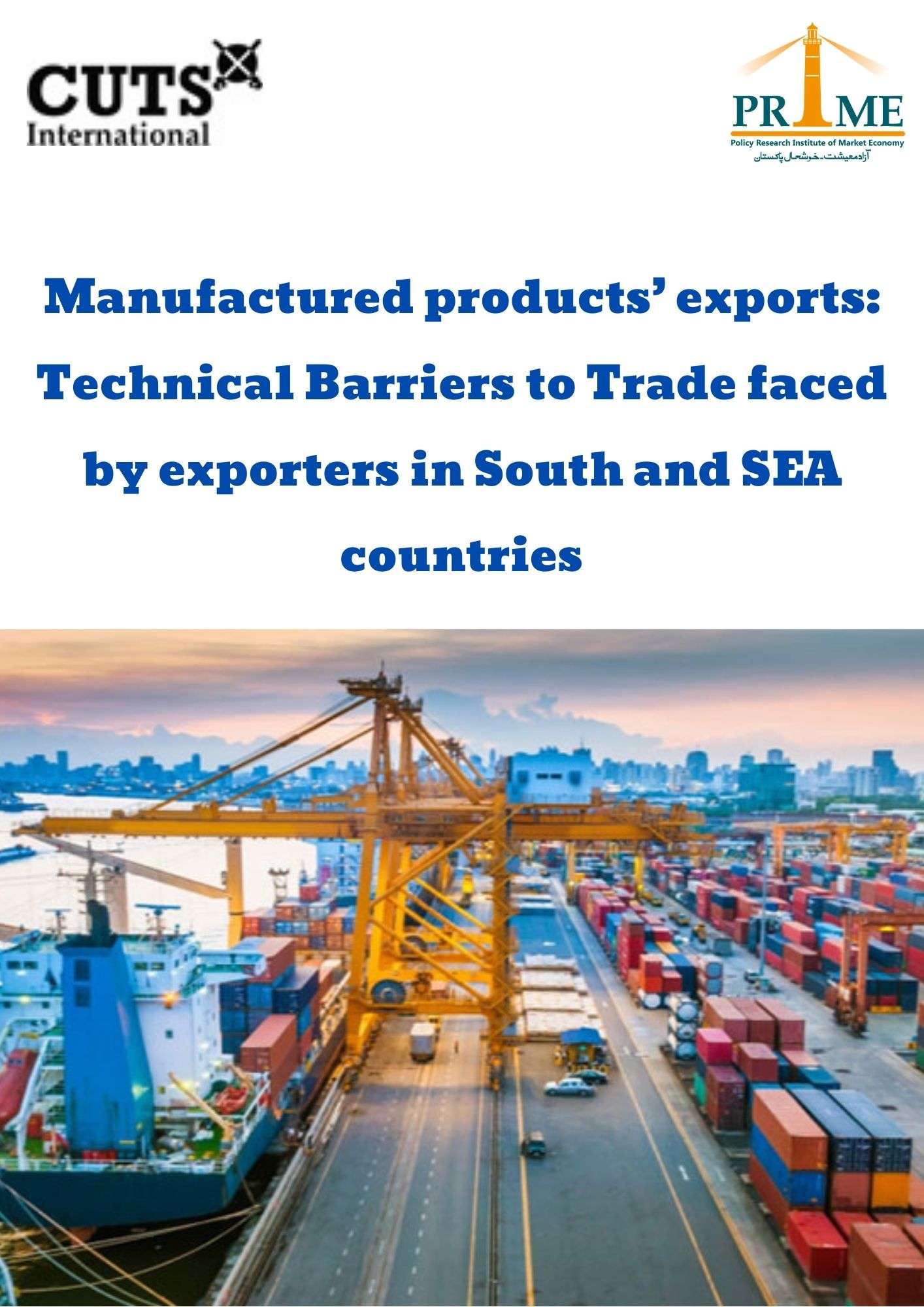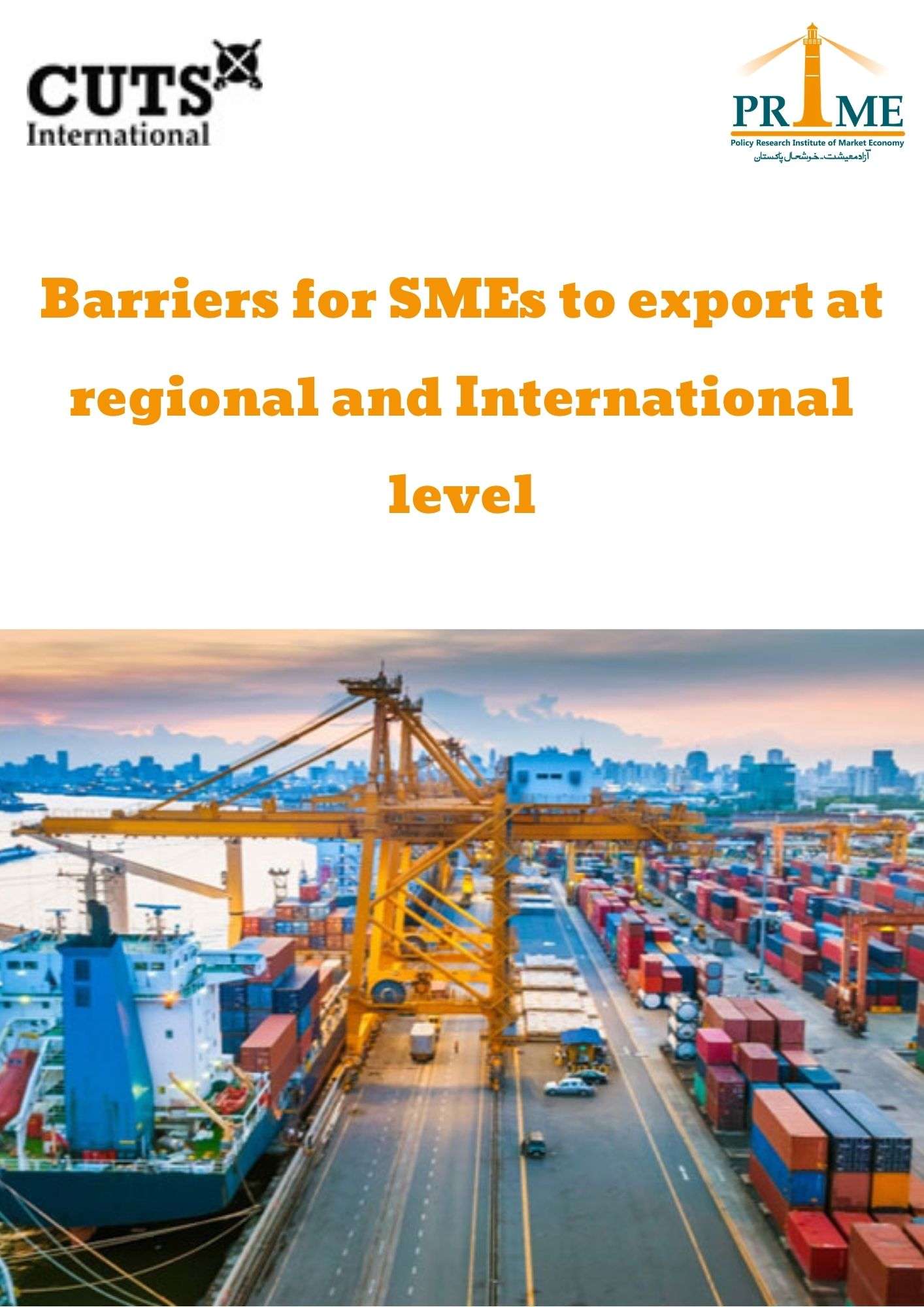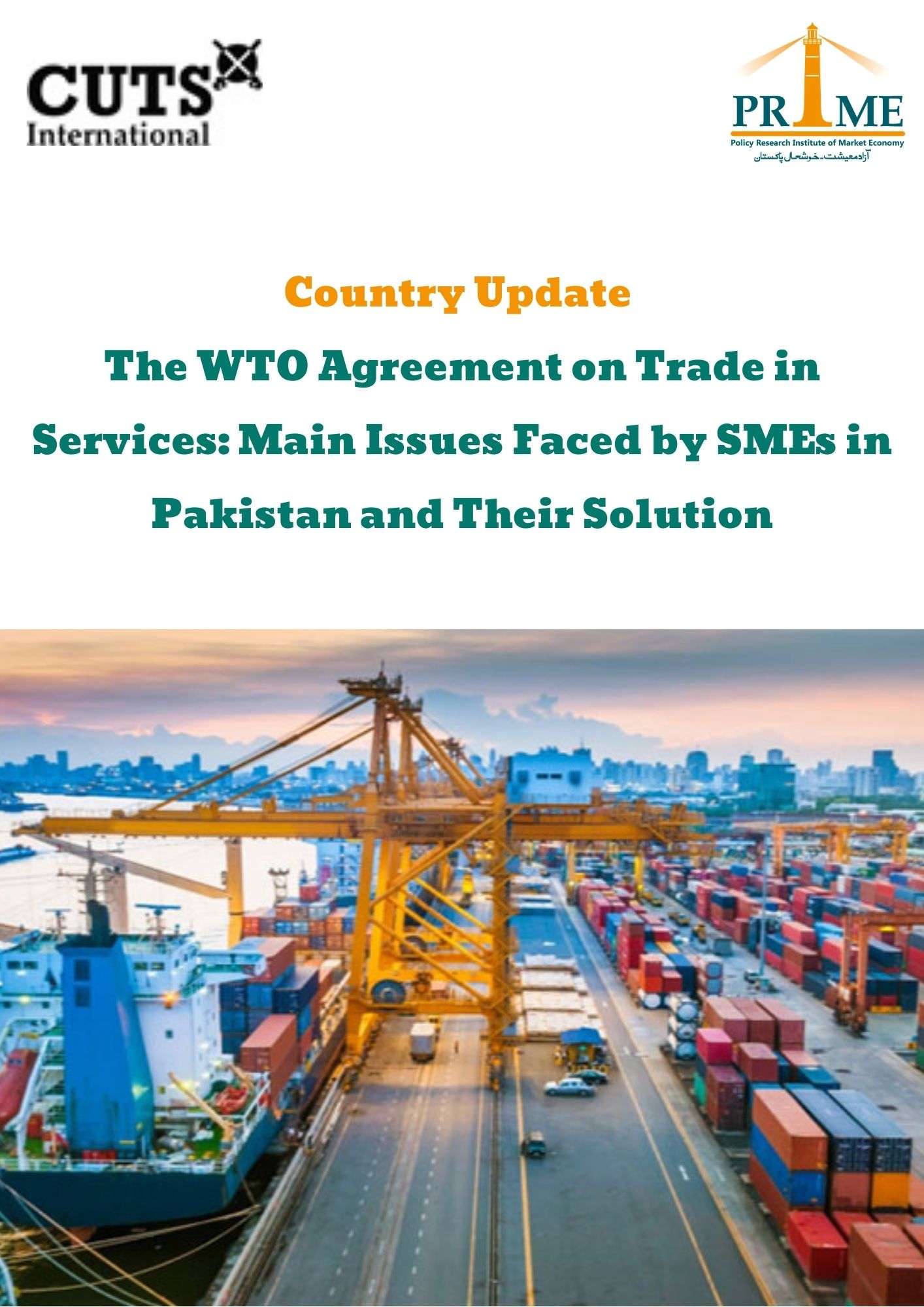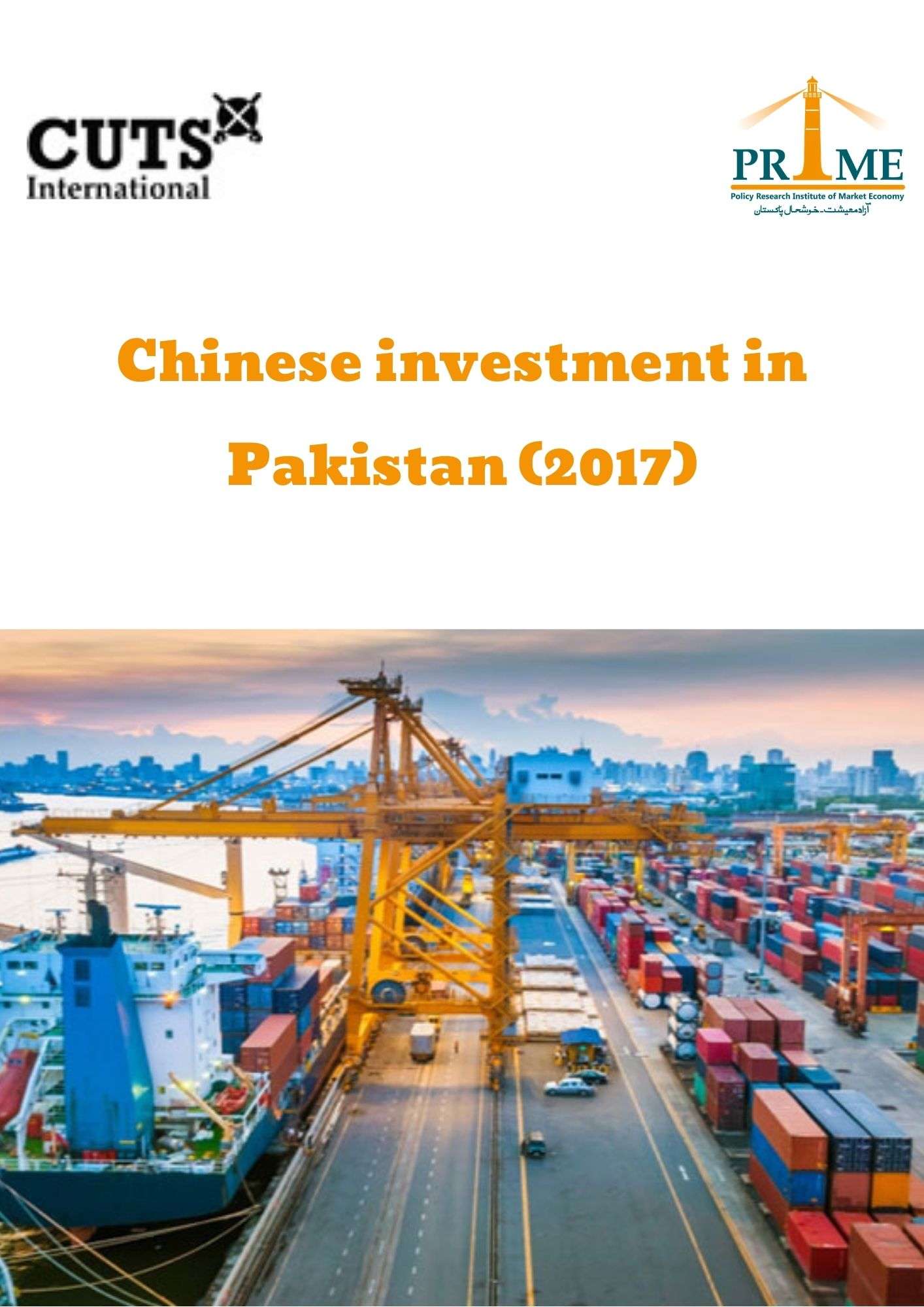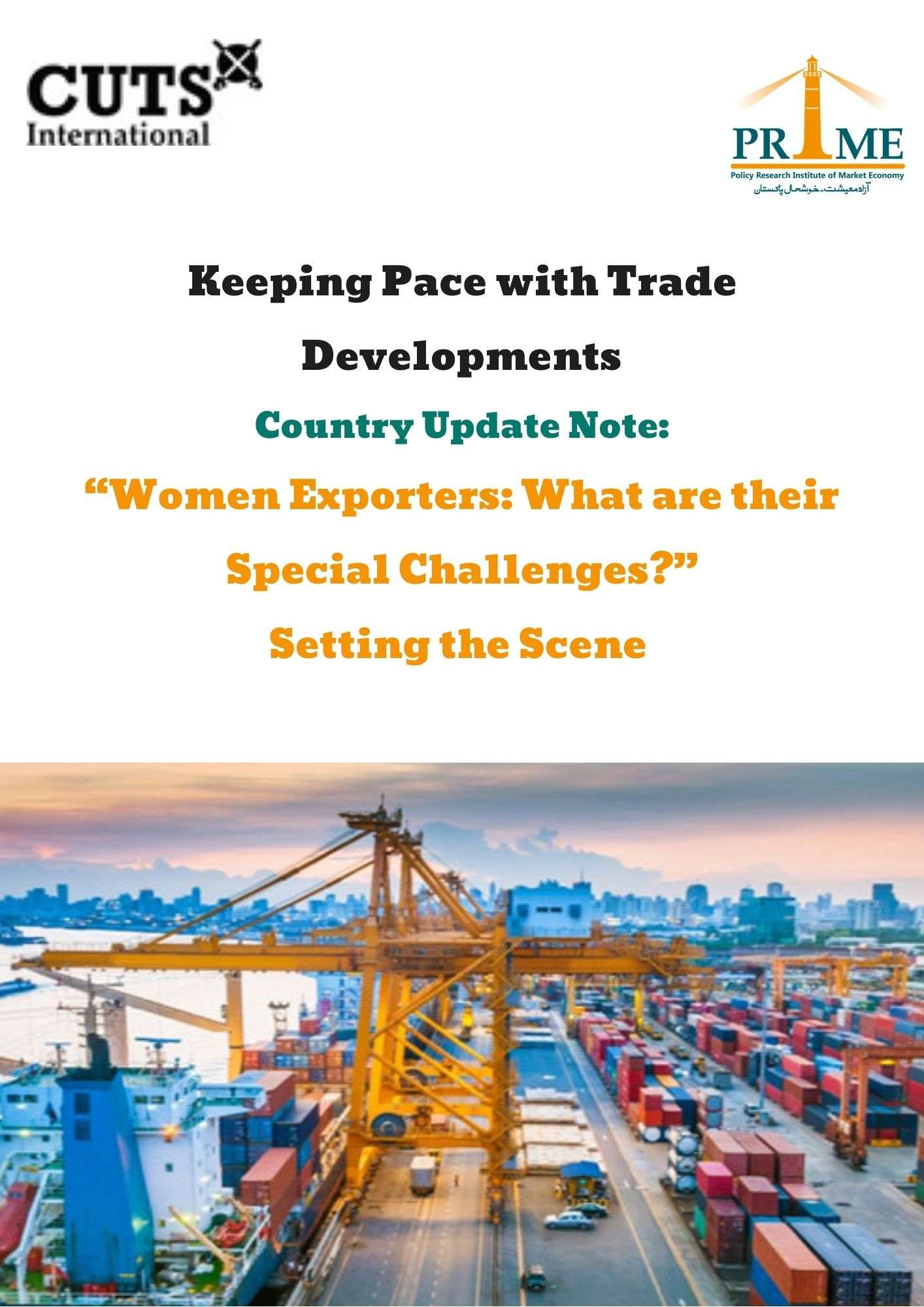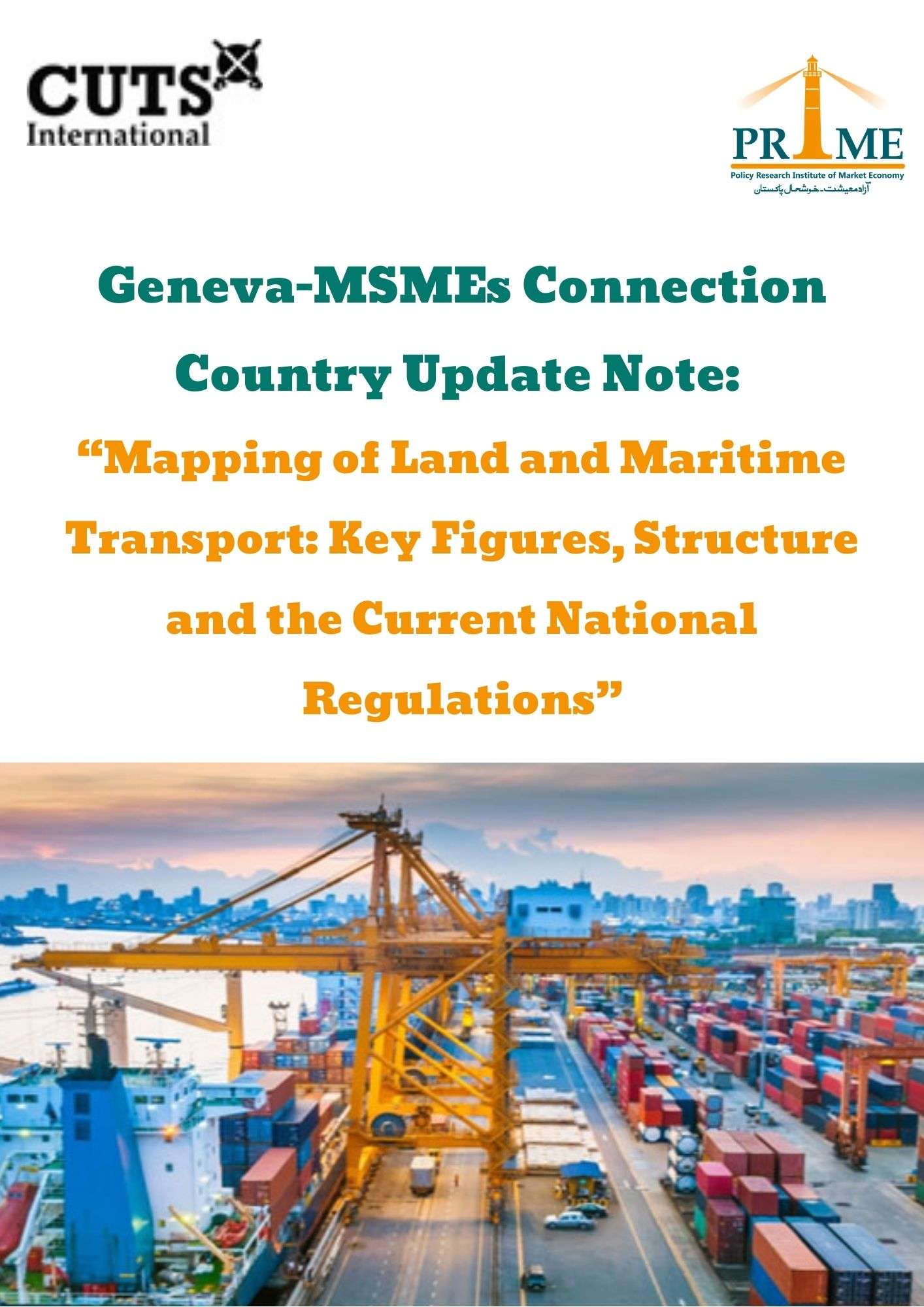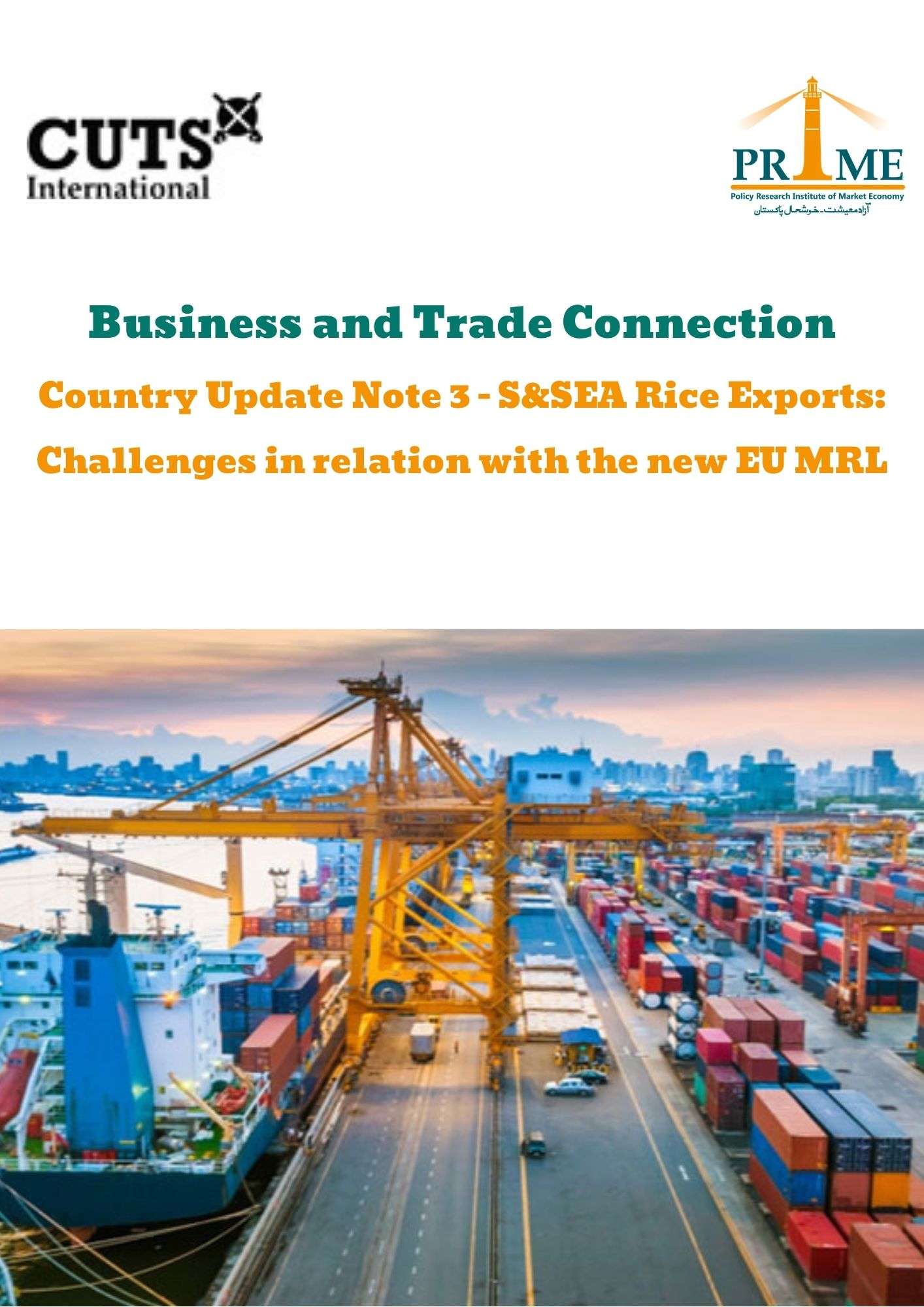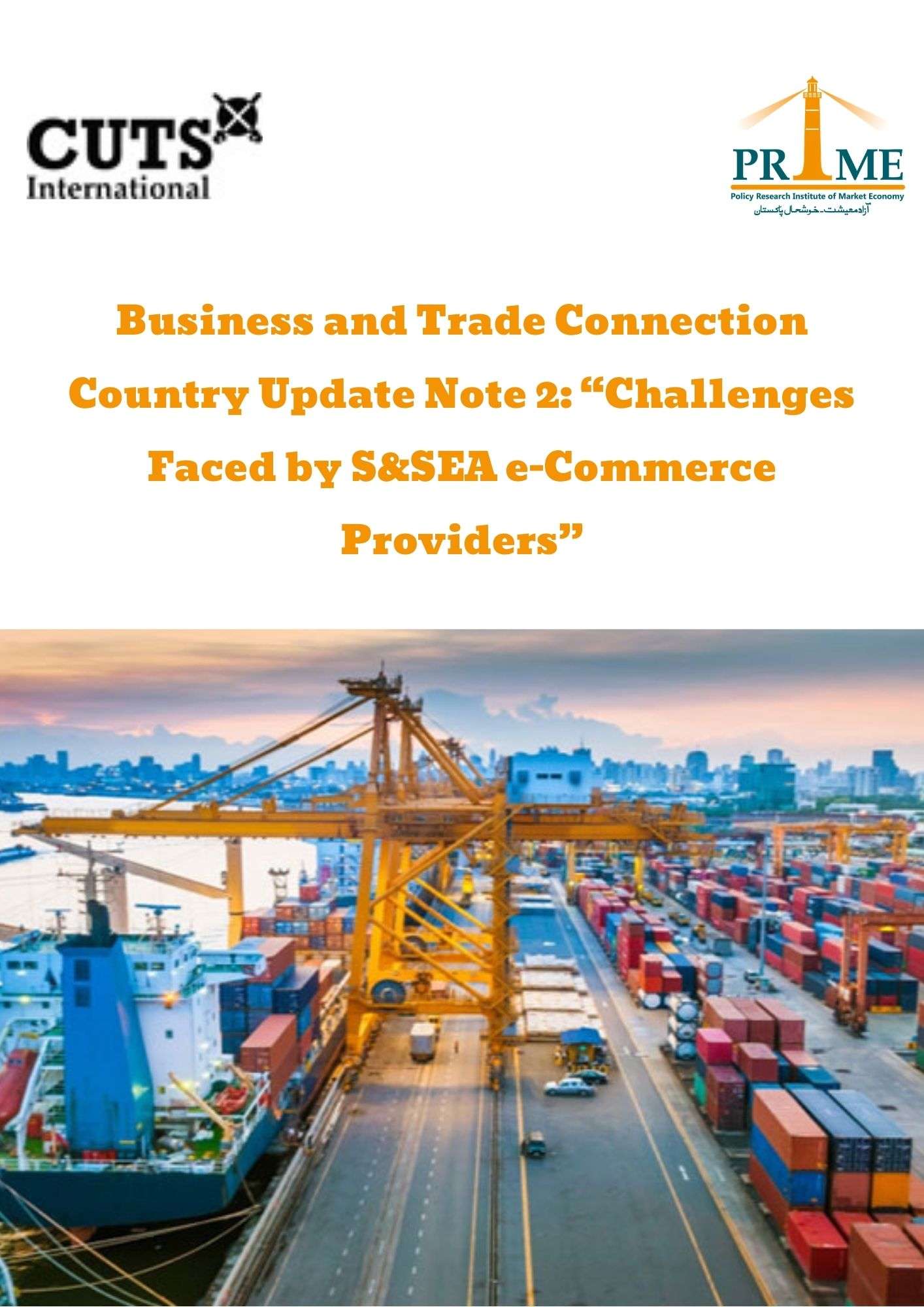Setting the Scene
Setting the Scene
Federal Minister for Planning, Development and Special Initiatives, Asad Umar has said that Pakistan needs economic transformation by redefining resource allocation and incentive structure. Asad Umar was addressing a seminar organized at the Planning Commission in which the Economic Advisory Group/PRIME Institute gave a presentation outlining a conceptual framework for economic transformation. The seminar was attended by Planning Commission members, senior staff, representatives from other ministries, think tanks and academia.

